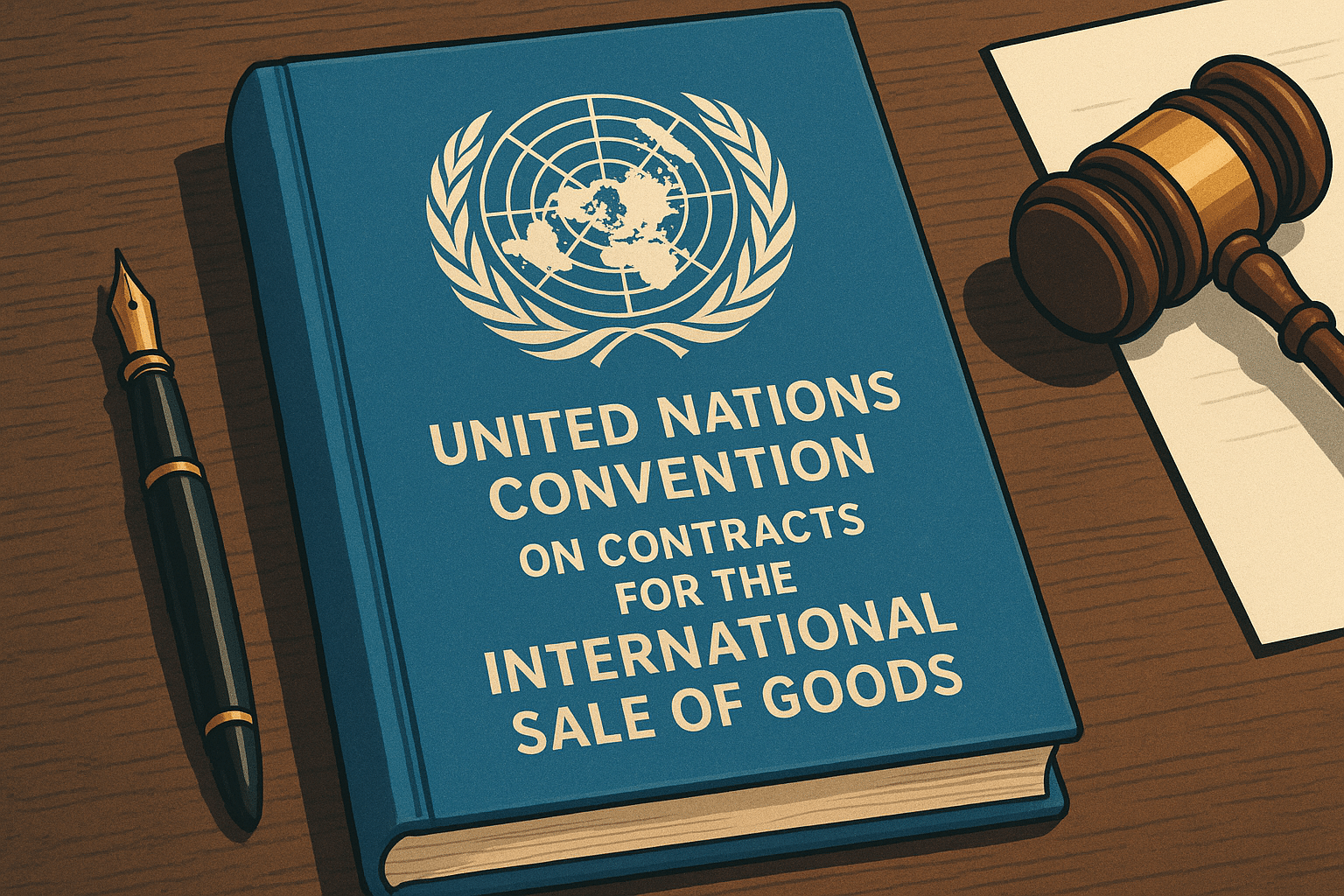New Empirical Study on CISG Litigation
January 9, 2024

Image by ChatGPT
There are a number of empirical studies about the United Nations Convention on Contracts for the International Sale of Goods (CISG). A recent intervention by Carolina Arlota and Brian McCall, When Federal Law Goes Unnoticed: Assessing the CISG’s Applicability Across U.S. Courts Based on an Empirical Research of Decisions from 1988 to 2020, in the American Business Law Journal, adds to this body of scholarship.
The authors draw upon a dataset of 392 published decisions where U.S. courts referenced the CISG to develop a number of conclusions about the role that it plays in U.S. legal practice. They show that the number of U.S. cases referencing the CISG peaked at 38 in 2013 and declined in the years that followed. In 2018, there were only 10 published decisions that referenced this treaty. The authors argue that these numbers indicate that the CISG continues to be “little known and underutilized” by U.S. attorneys.
The authors also show that judges raised the question of whether the CISG applied sua sponte in roughly 36% of the cases where there was some discussion of it. In these cases, the parties were seemingly unaware of the treaty’s potential relevance until a judge pointed it out. When the judge raised the issue, the court then went on to apply the CISG in roughly 76% of cases.
Within the subset of cases where the court made a specific ruling on choice of law, the authors show the CISG was not applied in 30% of cases because the contract contained a choice-of-law clause specifically excluding it. The treaty was specifically chosen as the governing law in only 8.5% of this same subset of cases. The authors argue that these results suggest that “practitioners prefer to opt out of the CISG rather than affirmatively choose its application” and that “the CISG may not be a popular choice by transacting parties for governing law.” These conclusions are in line with what I have found in my own empirical research into the role played by the CISG in U.S. and Canadian contract practice.
The final part of the article uses logarithmic regressions to provide additional insights into the ways that U.S. courts interact with the CISG. The authors rely on these regressions to identify which “variables may influence a decision that the CISG applies.” Among other variables, they consider whether at least one party is a natural person, the jurisdiction of the buyer, whether the court raised the CISG sua sponte, and whether the CISG was selected in a choice-of-law clause. Since the criteria for determining when the CISG applies are clearly identified in the treaty itself, it is debatable whether running regressions on this topic will yield many insights into when U.S. courts will apply it. In any event, the primary conclusion to emerge from these regressions is that a court is much more likely to apply the CISG when the judge raises the issue sua sponte.
The authors are clear and transparent about their dataset and its limitations. Given the title of the article, however, I had hoped to see some mention of cases where the court decided a case involving an international sales contract where neither the parties nor the judge made any reference to the CISG. Since the authors rely exclusively on cases where the CISG was mentioned, it cannot be truly said that that treaty went “unnoticed” in these decisions. It would be interesting—though obviously more challenging from a data collection standpoint—to look at cases where the treaty went unmentioned when a case involved a dispute over an international sales contract. One could then compare these cases to those where the CISG was specifically referenced. Such a comparison might yield additional insights into why this particular body of federal law so often goes “unnoticed” by U.S. litigants.
For anyone interested in reading the entire paper, it is accessible here with a subscription.